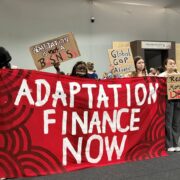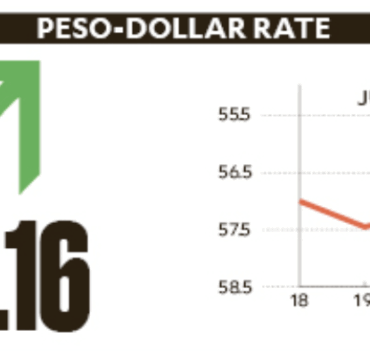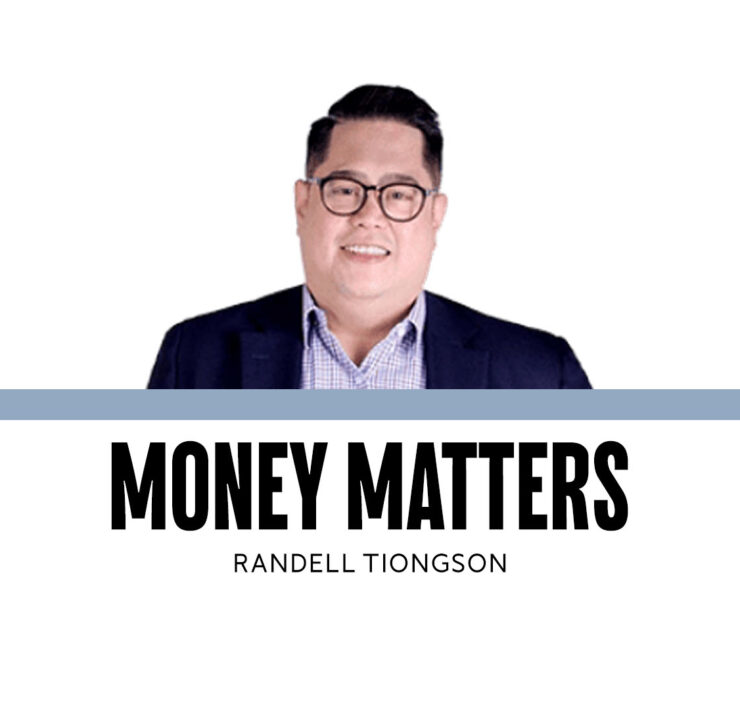Why the stock market could keep falling

Behind every trade is a person, and people react more than they calculate. When they feel confident, they chase returns. When uncertainty sets in, they retreat.
Hope, fear, overconfidence and hesitation often move prices more than any spreadsheet ever could. That’s why markets can fall even when earnings are strong, or rally while the economy is still weak.
According to bestselling author Robert Prechter, markets aren’t driven by events. They’re driven by changes in public sentiment, a concept known as socionomics. That sentiment, which Prechter calls social mood, influences everything from investment behavior to politics and even war.
Most importantly, this mood tends to follow recognizable patterns. It rises and falls in waves, and these emotional waves often mirror the structure described in Elliott Wave Theory. It is a method that tracks crowd behavior through market price movements.
According to this theory, markets typically follow a zigzag pattern. There are five upward waves—labeled 1 through 5—during a period of rising social mood. These are followed by three downward waves—labeled A, B and C—during a correction.
The upward waves reflect growing optimism and risk-taking while the downward waves show the gradual decline in that mood. During this correction, Wave C is the most intense.
This is the stage where confidence collapses and markets no longer price risk. Historically, Wave C has coincided with recessions, financial crisefs and, sometimes, war.
In fact, in Prechter’s own research, he argues that major wars, like the Revolutionary War, Civil War and World War II, emerged during or shortly after Wave C of large-scale market corrections.
If we apply this theory to the current global landscape, we see a mood that is anxious and divided. Europe is facing economic stagnation, exacerbated by the ongoing war in Ukraine.
In the Middle East, war has broken out between Israel and Iran. The US is dealing with civil unrest and fears of a recession amid trade tensions.
This wave of pessimism is not confined to the West. It is reaching the Philippines as well. Political tensions around former President Duterte’s ICC case, falling approval ratings of the administration and talk of a possible impeachment trial against Vice President Duterte are all fueling uncertainty, along with signs of a slowing economy.
If you look at social media today, we find it filled with arguments and outrage. Despite positive gross domestic product growth and low inflation, many households remain anxious and businesses are staying cautious. That’s exactly the kind of mood we see in a Wave C decline.
Now, if we apply Elliott Wave Theory to the PSEi, the pattern becomes clear. Wave 1 began after the Asian Financial Crisis, rising to 3,800 by 2007. Wave 2 followed during the 2008 global financial meltdown, bottoming out at around 1,700.
Wave 3 was a strong rally that pushed the index close to 9,000 by 2018. Wave 4 came as a correction down to 6,900. Then came a weak Wave 5 recovery that peaked at 8,400, which failed to surpass the 2018 high.
From there, the market entered a classic A-B-C correction: Wave A was the 2020 pandemic crash, Wave B a short-lived rebound in 2022 and Wave C is the decline we’re experiencing now.
The Philippine Stock Exchange, Inc. (PSEi) is currently hovering at around 6,300, but both the price trend and mood suggest that we are far from the bottom. Wave C is not just a series of dips. This is the stage when people stop believing that recovery is near.
Even good companies get priced as if they are going out of business. Liquidity dries up, and trading volume continues to thin.
So from a technical standpoint, where could this wave take us? If Wave A pulled the PSEi down from 9,000 to 4,600 and Wave B brought it back up to around 7,400, then a likely support zone based on previous cycle lows sits near 4,000. These levels are not guaranteed, but they represent realistic probabilities. More importantly, they reflect the kind of psychological pressure that often defines Wave C.
And how does Wave C end? According to Prechter, it usually ends when fear is at its highest and people are emotionally drained.
In extreme cases, the impact goes beyond markets. It could spill into social unrest and even war. With conflict in the Middle East and Ukraine, and rising tension in Asia, the world today shows clear signs that this pattern may repeat.
Does this mean the Philippines is headed for conflict? Not necessarily. But we are clearly caught in a global shift toward fear and instability.
The impeachment talk, rising protectionism and divisive public tone are all part of that wave. And the stock market will not be spared.
For investors, this is a time for caution. Wave C is not the time to chase gains. This is the time to protect capital and wait. The upside? When sentiment finally bottoms out, the best opportunities usually follow.
Henry Ong is a Registered Financial Planner of RFP Philippines. Stock data and tools provided by First Metro Securities. To learn more about investment planning, attend the 112th batch of RFP Program this July 2025. To register, e-mail at info@rfp.ph




















